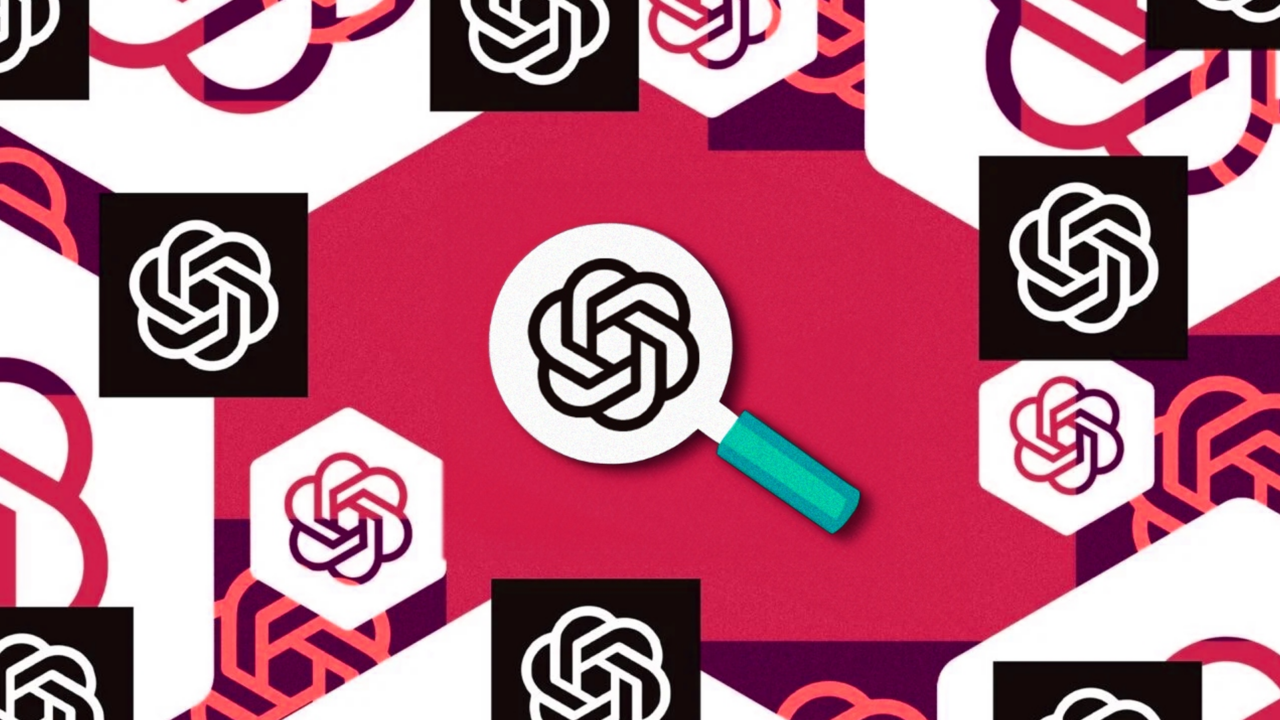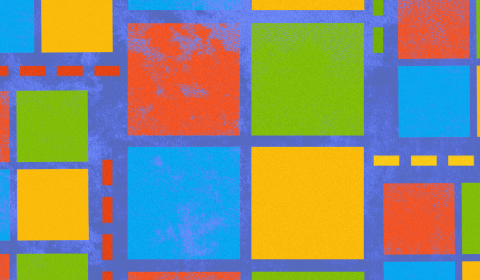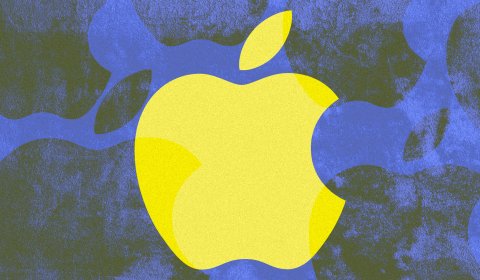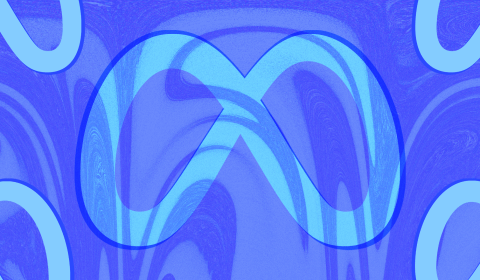OpenAI claims to have a tool capable of unearthing instances where AI text generators have been used. Will it ever see the light of day?
OpenAI has crafted a clever tool to sniff out writing conjured by ChatGPT, but they’re having second thoughts about unleashing it onto the world – because, why shoot yourself in the foot?
This AI detective follows the demise of their previous AI Text Classifier, which flunked its performance review and failed several experiments. Fresh off the drawing board, however, OpenAI is boasting of a ‘highly accurate’ text watermarking method while weighing up the pros and cons of releasing it to the public.
The dilemma? They worry the tool might unfairly stigmatise non-native English speakers using AI for writing help. The less noble (and more likely) explanation is that seniors at the company will know that the covert nature of text-generation tools help them proliferate. People are lazy and don’t fancy being outed for it.
Turns out @OpenAI developed a near-perfect tool for catching ChatGPT writing, and it’s been ready to rip for about a year, per @WSJ.
…So why did y’all call AI detectors a lost cause in an August 2023 blog post? pic.twitter.com/6O7kuR1pdz— Molly Liebergall (@LiebergallMolly) August 7, 2024
Besides, even if OpenAI wanted to release it, no tool can be entirely foolproof. Crafty users could dodge detection by translating text, rephrasing it with another AI, or even by sprinkling special characters in before deleting them afterwards.
Early experiments into metadata are far more reliable, as the code will reportedly hold strong indicators of AI use even after being modified. Perhaps the Microsoft-owned firm are reverse-engineering purely for peace of mind.
As AI’s influence continually grows in the world of content, they’ll want to know for themselves where their technology is being harnessed. As for a public release… surely they’re bluffing.
While text detection is seemingly on the backburner, OpenAI is cooking up plans for spotting AI-generated audiovisual content, which poses more obvious risks at this stage.
They’re jumping on the C2PA metadata bandwagon, which attaches an origin tag to content that survives edits and makes it harder to fake authenticity. TikTok and Adobe are among those employing the same safeguards.
I hate that now every time I see an image (photo, art, etc), I’ve developed a habit to automatically scan it for signs of AI – extra fingers, things that don’t make sense, that overly glossy/fake feel, etc. I wish I didn’t have to be on guard to see if it’s fake or not.
— Sorrel Mamí
(@xcarliebimx) February 16, 2024
DALL-E, OpenAI’s image generator, will soon embed C2PA metadata as will their upcoming video generator ‘Sora’. The idea, is that while people can still create misleading content and propaganda, they can’t conceal the red flags thrown up by the metadata.
OpenAI also announced a tamper-resistant watermarking solution for images, inviting research labs and journalism nonprofits to give it a whirl. This tool boasts a 98% success rate in identifying DALL-E 3 images, with a minimal false positive rate.
Lastly, audio detection is on OpenAI’s radar with their new ‘Voice Engine’ reportedly able to detect AI even from the most convincing samples. With tools like these, you’d assume that’s the end of fake Drake tracks popping up on Spotify.
OpenAI is understandably reluctant to let companies and businesses get their hands on its AI text-detector. Nonetheless, it feels the need to secure the digital landscape before AI surpasses human-created content online.


















